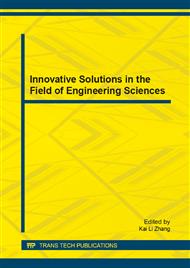p.407
p.413
p.418
p.422
p.427
p.432
p.437
p.442
p.451
The Optimal Design of Fuel Cell Bus Power Train
Abstract:
The transmission ratio of the fuel cell city bus should meet the requirement of economy and power performance. The transmission ratio and the main decelerator are the key factors to the economy and power performance of the bus. The special operating characteristic curve of motor is a basis to analyze the vehicle`s power and economy performance. Combined with the planned and the provided transmission ratio, the optimal gear ratio of the transmission can be calculated. So the vehicle`s economy and power performance are finally improved.
Info:
Periodical:
Pages:
427-431
Citation:
Online since:
June 2014
Authors:
Keywords:
Price:
Сopyright:
© 2014 Trans Tech Publications Ltd. All Rights Reserved
Share:
Citation:


